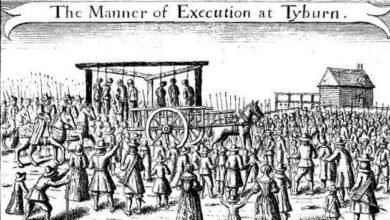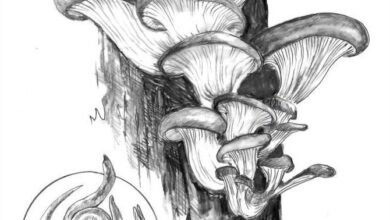Help Monarchs on their Long Migration South


 In New York, Monarch butterflies (Danaus plexippus) begin their annual fall migration in mid-August. These butterflies are the great-great-grandchildren of the monarchs that migrated to Mexico last fall.
In New York, Monarch butterflies (Danaus plexippus) begin their annual fall migration in mid-August. These butterflies are the great-great-grandchildren of the monarchs that migrated to Mexico last fall.
Here are some ways you can help monarchs:
Turn a portion of your lawn into a wildflower meadow to provide food (nectar) — plant milkweed or other native wildflowers;
Delay mowing areas with milkweed until later in the fall;
Avoid using pesticides — they kill all life-stages of monarchs (egg, caterpillar, chrysalis, and adult);
Report sightings of adults or caterpillars online.
You can view a map of the sightings so far this year — caterpillars have already been spotted across the northeast.
Not sure when their migration peaks in your area? Check out this chart.
Have you seen a small green pod about an inch-long? This is a monarch caterpillar (larva) after it enters the pupa stage and is now in a chrysalis.
If you see one, try not to disturb it. They will find a safe place, often under a milkweed leaf to enter this stage in their development, which lasts about 9-14 days.
Sometimes they will pupate hanging under eaves, decks, other garden plants, or even on window screens.
Read more about monarchs in New York State.
Photos, from above: A monarch after emerging from a chrysalis by Tonya Whitford Condon; and monarch butterfly after it emerged from a chrysalis by Tonya Whitford Condon (both provided by DEC).
Source link





